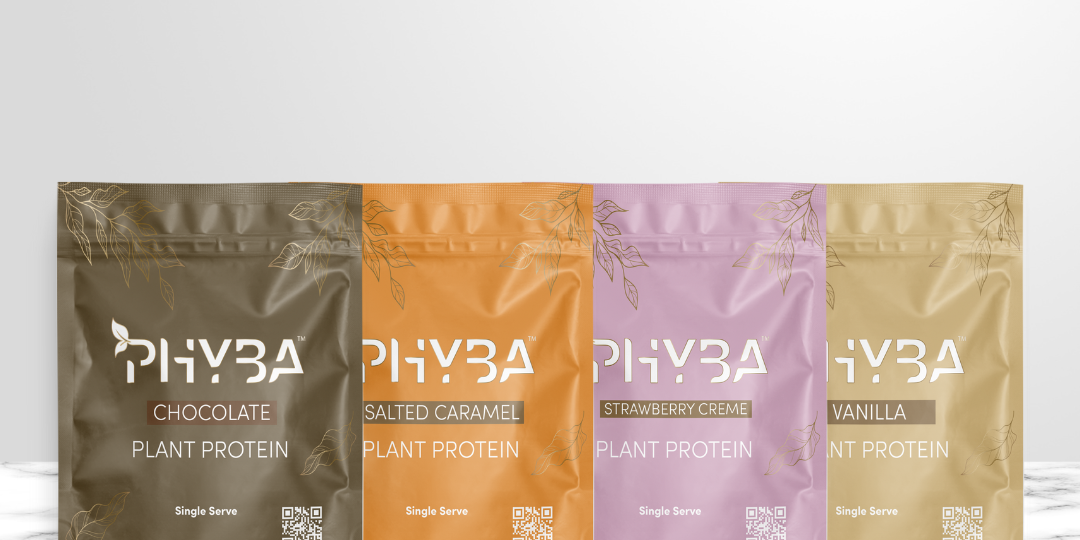Sauna therapy refers to the utilization of intermittent, whole body hyperthermia to stimulate meaningful physiologic changes throughout the body. New research has emerged to suggest consistent use of sauna can positively impact cardiovascular health, blood sugar regulation, cognitive function, weight loss, and more. Athletes are particularly drawn to the sauna for its robust benefits related to athletic performance and recovery.
The relationship between sauna use and improved cardiovascular health is underpinned by both mechanical and physiological processes. From a mechanistic perspective, sauna therapy mimics exercise, wherein heart rate and vasodilation trigger the same hormetic responses that one experiences during weightlifting or cardio training. At a tissue level, this is helpful to combat the deleterious effects of cardiovascular disease processes, like congestive heart failure, wherein impaired blood flow to the heart and peripheral tissues increases the risk of serious cardiac events. At a physiological level, sauna use has been shown to reduce blood pressure, mediate inflammatory cytokine levels such as IL-6 and IL-10, reduce circulating levels of total cholesterol and LDL, and improve endothelial function. In fact, a study by Dr. Jari Laukkenen from University of Eastern Finland found that risk of sudden cardiac death for men was, “22 percent lower for 2 to 3 sauna bathing sessions per week and 63 percent lower for 4 to 7 sauna sessions per week.” In other words, the use of sauna has an important impact upon cardiovascular health.

Sauna therapy has profound implications for improved stress response, relevant to the common person and athletes alike. Sauna therapy is a deliberate form of stress exposure that intimately challenges the sensory somatic systems in the body, inducing a hormetic response. A paper published in 2021 by Dr. Rhonda Patrick described this relationship such that, “...repeated sauna use acclimates the body to heat and optimizes the body's response to future exposures, likely due to a biological phenomenon known as hormesis, a compensatory defense response following exposure to a mild stressor that is disproportionate to the magnitude of the stressor.” In other words, continuous sauna use helps the body to regulate its stress response at future intervals.
This phenomenon is particularly true in those struggling with mood disorders such as depression, wherein dysregulated stress responses contribute to symptom presentation. One study published in the International Journal of Occupational Medicine and Environmental Health, “...found that sauna therapy reduced the symptoms of stress and fatigue in a group of workers who were exposed to high levels of stress in their jobs,” while another study published in the Annals of Clinical Psychiatry, “found that sauna therapy was effective in reducing symptoms of depression in patients with major depressive disorder.” The research suggests that deliberate exposure to stressful events is of profound import to regulating one’s stress response over time, and sauna is no exception to this rule.
Sauna has tremendous carry over to athletic performance, as well. Sauna exposure has been shown to induce muscular hypertrophy and improve aerobic capacity through a variety of mechanisms. Aerobic capacity is most intimately improved through increase in plasma volume and red blood cell count, improving oxygen deliverability to tissues during exercise. Additionally, sauna therapy helps the body acclimate to the heat produced during exercise, such that athletes are able to perform for longer durations without fatigue. By contrast, muscle hypertrophy is achieved by the activation of heat shock proteins during sauna therapy, which attenuate muscle atrophy and positively impact net protein synthesis. Furthermore, the improvement in insulin sensitivity and release of growth hormone as a result of sauna therapy further supports muscle growth. Thus, sauna therapy is profoundly impactful in improving markers of performance and recovery for athletes.

The duration and intensity of sauna therapy is correlated to the degree of benefit that one will receive from the therapy. In traditional Finnish-style sauna bathing, for example, one will engage in one to three sessions of heat exposure lasting 5 to 20 minutes, interspersed with periods of cooling, at an approximate temperature of 78.9°C (174°F). The longer the duration of each round of sauna exposure, the more robust the benefit. On weekly basis, 1 hour of deliberate heat exposure each week confers the greatest benefits of sauna use for an individual seeking to improve general health. For the most robust release of growth hormone, you can try 4 rounds of 30 minute sauna exposure, broken into two sessions (2 rounds and 2 rounds) only 1 day per week.
For pregnant mothers, it is advisable to avoid sauna use until you consult with your general physician.
For men who are concerned with improving sperm count, some research suggests that consistent sauna use may reduce sperm count, so prioritize use with care.
To spread the good word on sauna use, tag #phybaperformance in your next pick of a sauna session!
___________________________________
CITATIONS:
https://www.sciencedaily.com/releases/2015/02/150223122602.htm
https://www.sciencedirect.com/science/article/pii/S0531556521002916
https://www.foundmyfitness.com/topics/sauna#bibid-4c41605479cdb515a99360bf00af5406
https://hubermanlab.com/deliberate-heat-exposure-protocols-for-health-and-performance/











